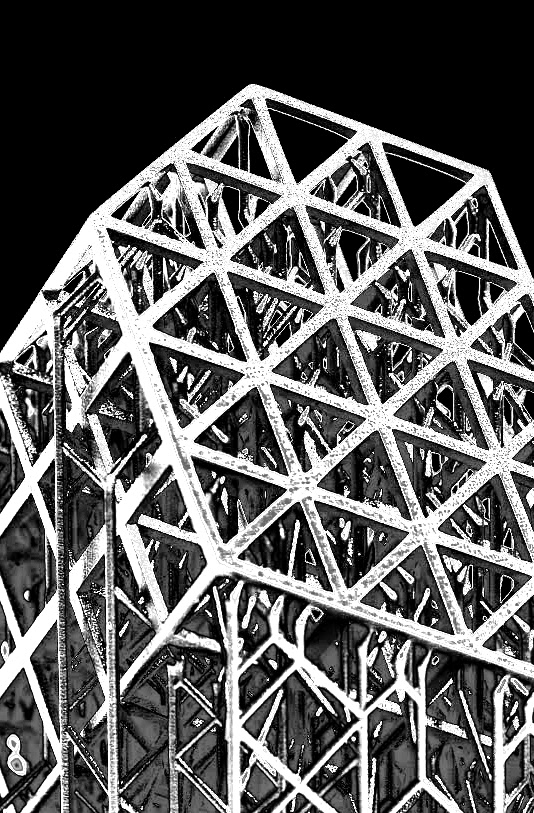Stainless steel added to 3D palette
 Engineers have come up with a way to 3D-print stainless steel.
Engineers have come up with a way to 3D-print stainless steel.
The applications for 3D-printing or additive manufacturing are growing every day, but for the most part have been limited to plastic and porous steel materials.
Researchers have now come up with a way to 3D-print stainless steel, which is tough and flexible enough for high-tech and industrial uses such as rocket engines and parts for nuclear reactors and oil rigs.
Stainless steel is made by melting conventional steel (a combination of iron, carbon and sometimes other metals like nickel) and adding chromium and molybdenum to prevent rust and corrosion.
A complex process of cooling, reheating, and rolling leaves the material with a microscopic structure tightly packed alloy grains with thin boundaries between them, creating a cell-like structure.
When the metal is deformed, its strong boundaries can halt the formation of atomic defects, making the material tough, yet flexible.
The new 3D-printing process involves drawing 2D-shapes on a bed of powered metal alloy, causing the particles to fuse and create a new layer.
More powder is then swept over and the process repeated, growing layer-by-layer into a 3D form.
The process is similar to a titanium 3D-printing process developed by CSIRO in Australia.
Researchers at the Lawrence Livermore National Laboratory in California have eebn working on the stainless steel for several years, and have now been able to produce 3D printed stainless steels that are up to three times stronger than steels made by conventional techniques.
The team was even able to use a commercially-available 3D printer and laser to do the work, which could allow other groups to quickly follow their lead and start churning out a wide array of high-strength, complex-shaped stainless steel parts.








 Print
Print